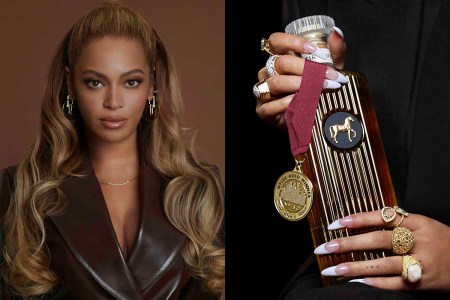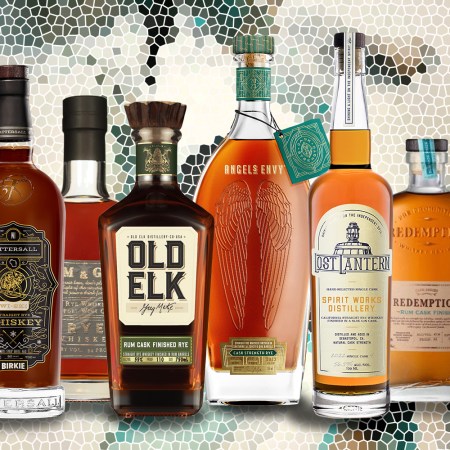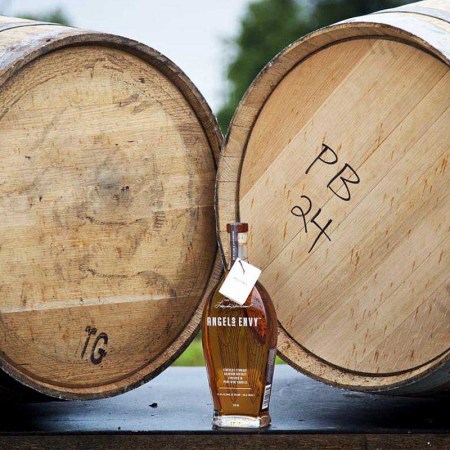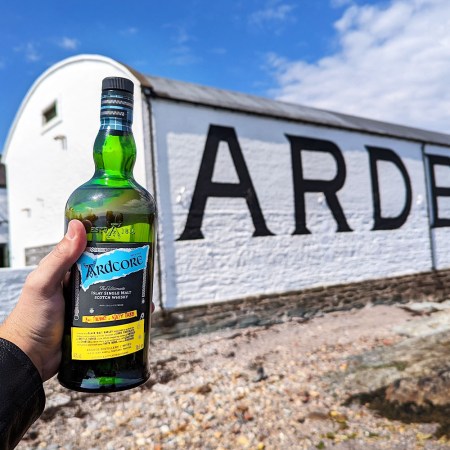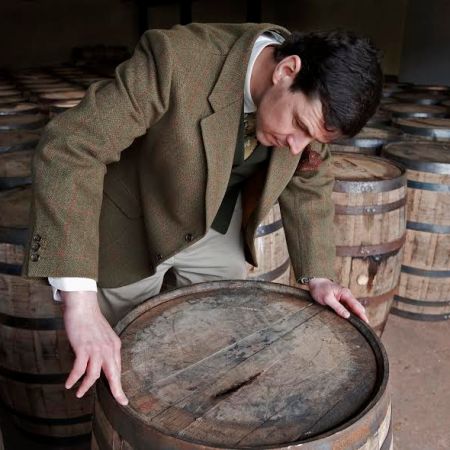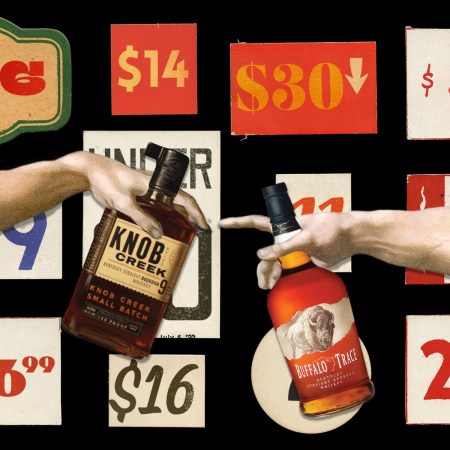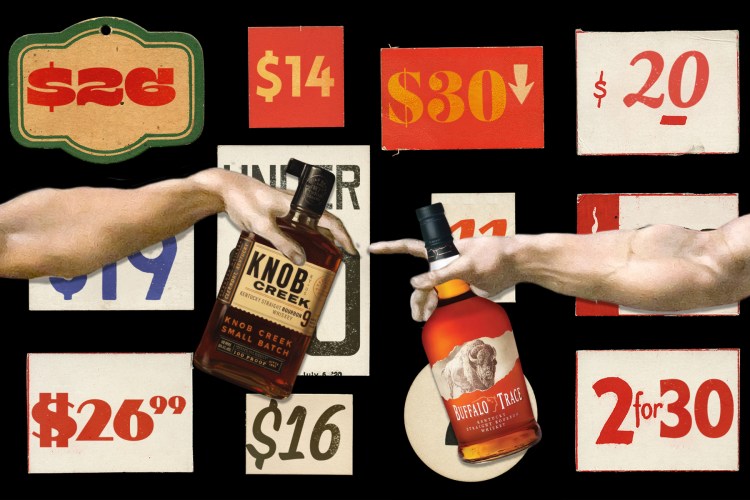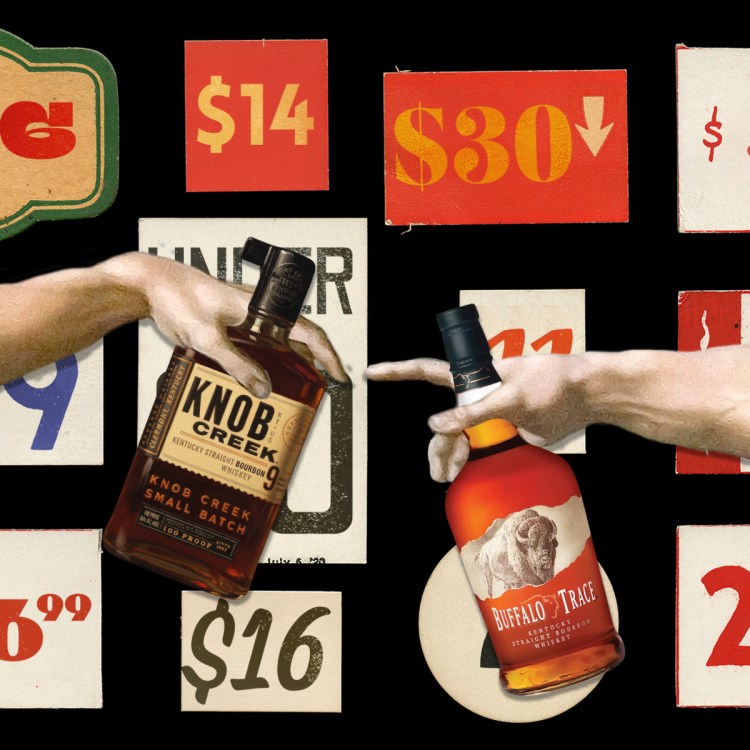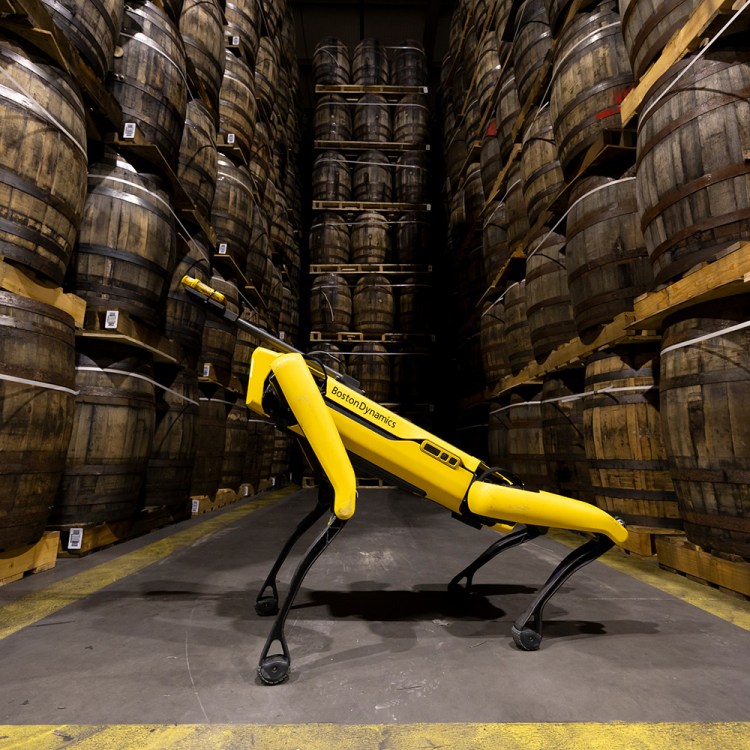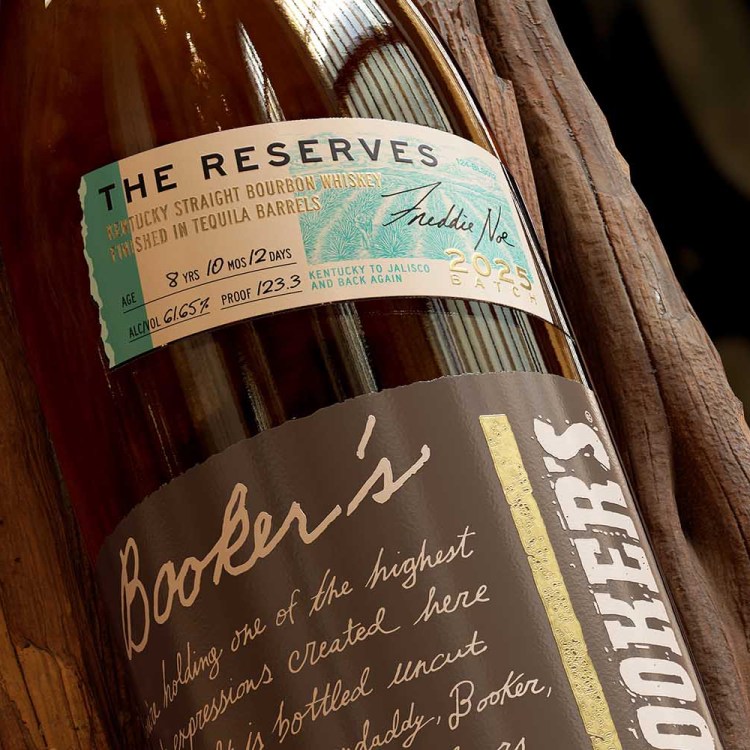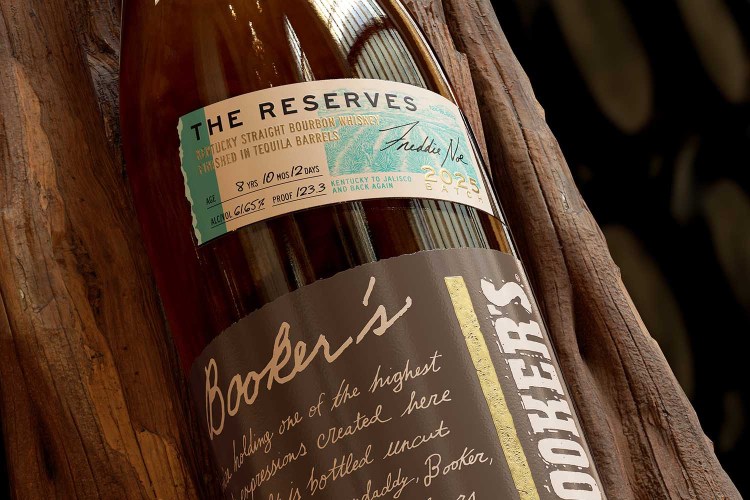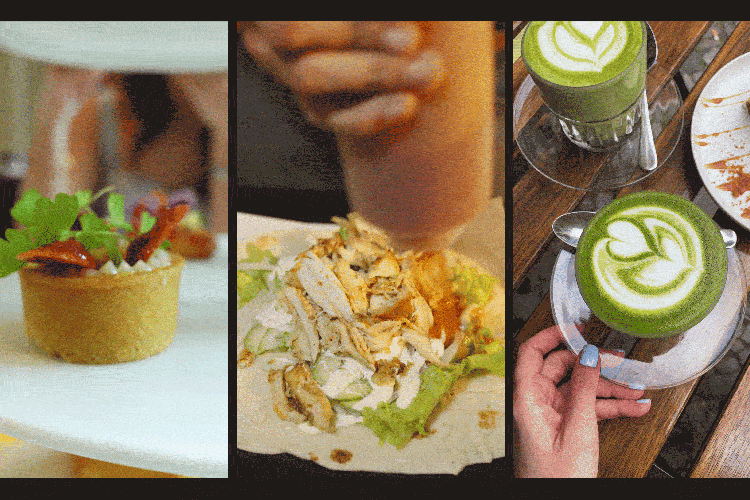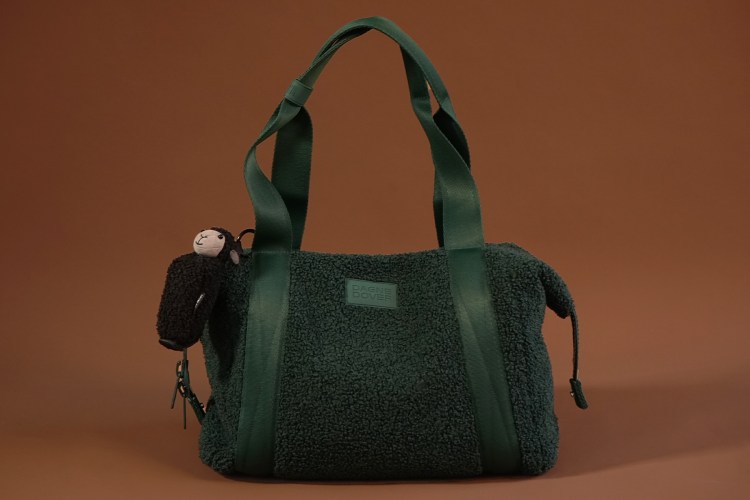I quickly became a fan of SirDavis American Whisky, the new spirits brand from Beyoncé Knowles-Carter and Moët Hennessy, when it was released last fall. Sure, the celebrity angle was fun and the bottle quite striking — it won Best Design in our annual Spill Awards. Still, what I truly appreciated was the whisky’s unique mash bill and, more so, the maturation process of the liquid itself.
Beyoncé or not, there’s a star behind the whisky, too. SirDavis is overseen and co-created by five-time International Whisky Competition Master Distiller of the Year, Dr. Bill Lumsden, who also works on Glenmorangie and Ardbeg. Working alongside Cameron George, SirDavis blender and head of advocacy, the SirDavis team has crafted a nuanced and elegant spirit with an unusual 51% rye/49% malted barley base and an extremely thorough secondary maturation process with sherry barrels — a process that doesn’t get the attention it deserves.
We often hear about “an extra two years” whisky spends in sherry barrels or casks that previously held other spirits, but that’s a simplification of the process of what those used barrels bring to the final product. So I sat down with Lumsden, George and a few other media peeps to deconstruct the liquid that goes into SirDavis, which entails aging in different-sized barrels during different time frames and within casks that have been used one, two or three times already. And that last part makes a huge difference.
A First Taste of SirDavis, the New American Whisky From Beyoncé
An American rye with a sherry maturation? It’s a remix that works.First, a Quick History of SirDavis
About five years ago, Dr. Lumsden was approached about a secret project involving a female celebrity who was also a huge whisk(e)y fan. “I signed an NDA, then heard nothing about it for a while until I suddenly got a call asking if I wanted to fly out to California the next day and meet Beyoncé,” he says. “I said, ‘Why not?’”

Leading the singer through a whisky-tasting seminar and several days of follow-up, the team eventually landed on a rough taste profile of what would eventually become SirDavis. “We quickly determined she wasn’t an Ardbeg fan,” Lumsden admits, meaning that a peaty recipe was out. “But she liked single malts. And rye brings an Americana angle to it.” And given the Americana vibe permeating her recent Cowboy Carter album and tour, that ingredient was important.
Also important is the fact that Beyoncé is a whisky enthusiast who knows her stuff. “The lexicon and the terminology she used in that initial tasting were not taught by either Dr. Bill or myself,” George says. “It was just language she was already employing as a whiskey fan and indicative of somebody who had been a lifelong whiskey fan.”

The team eventually settled on the aforementioned 51/49 mash bill, collaborating with drinks giant MGP and securing an exclusive on that particular recipe. From there, Lumsden and the singer agreed that additional aging in ex-sherry casks would lead to a more refined whisky (and yes, the brand spells whisky sans the “e”).
To sum up, SirDavis is distilled in Indiana. The initial maturation in charred virgin American oak is also done in Indiana, with the secondary finishing completed in Texas, adding a heat element that you wouldn’t find in, say, Scotland. From there, the sherry barrels take center stage.

The Nuances of Barrel Maturation, Explained
“We are using the casks more than once,” Lumsden says. “We have first-fill sherry casks, then second fill and maybe even some third-fill.”
But why use ex-sherry casks more than once? Wouldn’t that dissipate the flavors and aromas you’d expect from those used barrels? The answer is yes, according to Dr. Bill. “You know The Macallan, which are whiskies very richly-flavored with sherry [as part of its barrel maturation]?” he asks. “That’s not at all what we’re trying to do here. Pedro Ximenez casks are like wild horses; you need to rein them in. Otherwise, they’ll dominate and take over the flavor profile.”
Because of the Texas heat, the SirDavis team is utilizing first-fill barrels for a few months while allowing the previously used second- and third-fill casks to age longer (they’re also using several barrel sizes). “Sherry casks — or any cask that had a previous occupant — gives us of itself,” George says. “Especially in the first-fill iteration, they’re very generous with the aromatic compounds and the flavor-contributing compounds. The second or third fill, you get just a little bit less of that previous occupant, but we offset that by essentially elongating the amount of finishing time.”

Tasting the whisky (at admittedly a higher proof than the finished 88-proof SirDavis bottle) individually in first, second and third-fill barrels brings out distinct flavors. On the first fill, the sherry component is almost the entire personality. On the second fill, the overt raisin and fruit notes from the sherry casks start to morph, as savory notes and a bit of rancio come into play. On a third fill, the sherry elements are almost gone, but the menthol and herbaceous notes of the rye start to dominate.
Combined, however, you find something much more interesting than the individual elements. “I would say that word is elegance,” Lumsden says. “I just think it’s a beautifully elegant, complex, very nuanced flavor profile. And I love the kind of aftertaste of the candied orange peel and the honeycomb.”
“As somebody who grew up here in the United States, my first thought was that the first fills would initially be the best whiskeys because they contained the most of the previous occupant,” George says. “But it’s turned out to be the second and third fills — and the second and third fills in the larger casks — that have become my favorite components because they are the most nuanced whiskies that go into the composition of SirDavis. It’s not how we usually think about whiskey here in the U.S. Most American whiskeys lose the sanctity and the uniqueness of their mash bill to the potency of the previous [barrel] occupant. Here, I think we’ve created a global approach to whisky formulation that nods to our Scottish origins and Japanese sensibilities.”
Every Thursday, our resident experts see to it that you’re up to date on the latest from the world of drinks. Trend reports, bottle reviews, cocktail recipes and more. Sign up for THE SPILL now.


